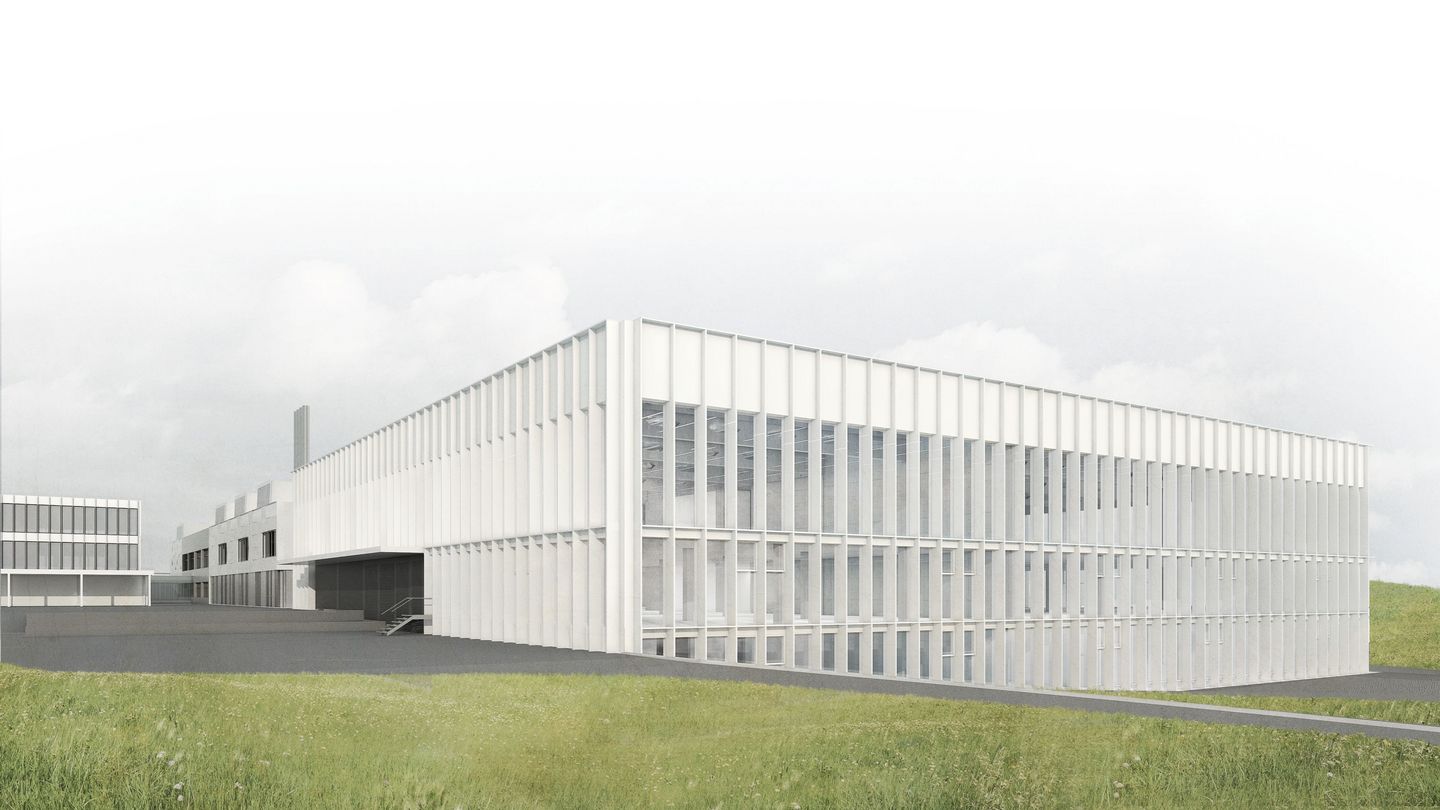The trend towards solid-state lasers still pushes forward – TRUMPF provides equal boosts for both development and production
Solid-state lasers still on the rise: TRUMPF invests 30 million euros in Schramberg site
Ditzingen, June 22, 2016 — The machine tools and laser manufacturer TRUMPF has invested nearly 30 million euros in new development and production facilities for solid-state lasers. The new production facility in Schramberg, designed by the Berlin-based architectural firm Barkow Leibinger, will offer 12,000 square meters of additional floor space, enlarging the total available production area to nearly twice its current size. The expansion will provide sufficient space for all production-related departments such as clean rooms, assembly and office areas, which in turn will have a positive effect on material flows and lead times. The new facility in Schramberg is due to begin production by the end of 2017. Furthermore the company plans to expand its development center in Schramberg—inaugurated in 2013—by adding an additional floor covering an area of 1800 square meters.
"The trend towards using solid-state lasers in industrial production shows no signs of stopping," explains Peter Leibinger, Vice Chairman of the managing board of TRUMPF GmbH + Co. KG and Chairman of the Laser Technology Business Division. "Schramberg is the cradle of the laser industry in Germany and a global forerunner when it comes to solid-state lasers. Our investments will create the conditions necessary for the laser to continue along a course of successful development," says Leibinger, emphasizing the company's strategy and the significance of the Schramberg site. "Given how the laser industry has been developing economically, we're optimistic that we'll be able to create even more jobs at the Schramberg site in the years to come," says Leibinger.
Widely Established
In the current 2015/2016 business year, TRUMPF has equipped an average of 60 percent of its machine tools for cutting applications with solid-state lasers. Next year, this number is expected to rise to 70 percent. The demand for solid-state lasers is also on the rise in material processing. "Many industrial applications aren't even possible without solid-state lasers," explains Leibinger. "Microprocessing in particular is a field in which lasers are really tapping into new, fascinating possibilities. But solid-state lasers have also established themselves as reliable laser beam sources in high-power applications such as automobile manufacturing and ship building.
"Unlike with CO2 lasers, the light emitted from a solid-state laser features a smaller wavelength measuring a single micrometer. This allows it to be coupled into flexible fiber optics called laser light cables. The advantage is that the laser light is able to reach the workpiece easily and directly, making it much simpler to integrate solid-state lasers into production lines. By contrast, the CO2 lasers' larger wavelength of ten micrometers forces the laser light to rely on sensitive mirror optics in order to guide the beam to the workpiece. A further advantage of the solid-state laser is its comparatively high overall efficiency, making it a much more economic option for manufacturers.



